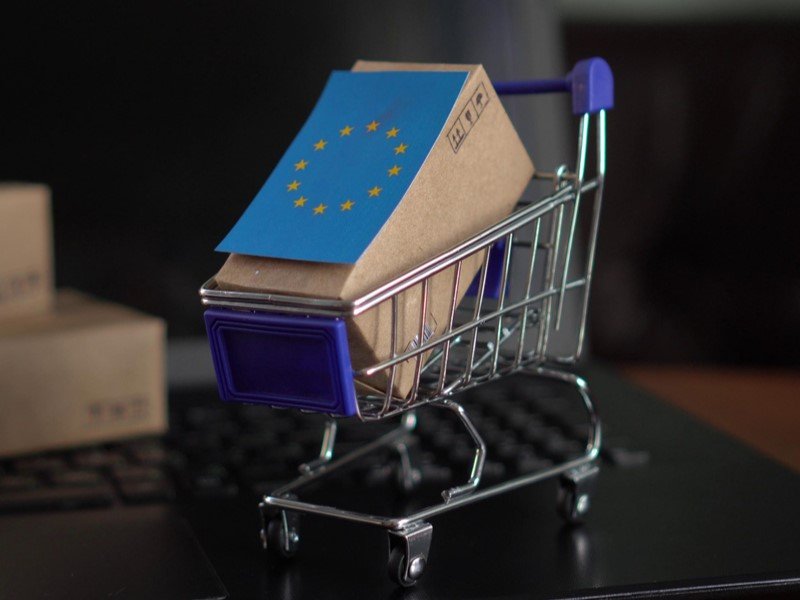Last year, online consumer expenses in Europe increased by 7 percent and reached EUR 819 billion. This year, the ECOMMERCE ECOMMERCE and Eurocommerce industrial associations are expected to grow another 7 %. Online expenditures grow especially strongly in Eastern Europe.
The European electronic business reports inventories 2025 and analyzes online sales in 38 different countries, including those outside the EU. Numbers and predictions show that electronic trade in Europe is growing well and continuously.
Setting the inflation
The reported growth rate of 7 % was powered by inflation. Real growth last year was 4 percent, according to scientists, the percentage also expected this year.
‘4 % actual growth for 2024 and 2025’
This means that ECOMMERCE works better than in 2023, when the actual online spending increased by only 1 percent on the markets related. A year earlier, in the post-Covid year 2022, actual expenditure actually decreased by 3 percent:
Regional differences
Online consumer expenditures grew the fastest in Eastern Europe, with 18 % nominal growth (10 percent of real growth), followed by southern Europe with 9 % nominal growth (7 percent in real auditorium). Central Europe follows with 8 % growth (5 percent of the real increase), northern Europe with 7 % growth (4 percent real) and finally Western Europe. In the largest area of electronic trade continent, consumer spending increased by 5 percent (3 percent in inflation adjustment) last year.
Growth is the strongest in Eastern and southern Europe
In Eastern and southern Europe, the so -called Internet penetration is still the lowest, at 57 and 61 percent. On average, 73 percent of the European population aged 16-74 years last year made online purchases.
Classification criteria
It is worth noting that the criteria for inclusion in the European 2025 electronic trading report differ from the criteria in previous years. For example, this year only the sale of products in the UK is calculated, while last year services were also included. “It is important to realize that each country applies its own methodology,” write ecommerce Europe and Eurocommerce. The scope in which the services are included in the B2C electronic trading turnover numbers are very different. “As a result, a direct comparison of countries with caution should be approached.”
The same applies to comparison with numbers from earlier messages. Consistent definitions and metrics were used in the 2025 report, providing a reliable image of development in European electronic trading.
Innovation and customization
In the state of electronic trading, industrial associations conclude that the industry “continues to innovate and adapts”, but also faces complex challenges associated with compliance, global competition, consumer confidence and sustainability. “The ongoing dialogue between industry, national governments and EU institutions will be necessary to ensure that digital trade in Europe remains fair, durable and competitive.”
“Continuing dialogue is necessary”
According to the authors of the report, they lead to an uneven condition between EU -based businesses and outside the EU Euromommerce in particular emphasizing “complex regulations and uneven or poor enforcement of EU rules”.
(Tagstotranslate) Europe

